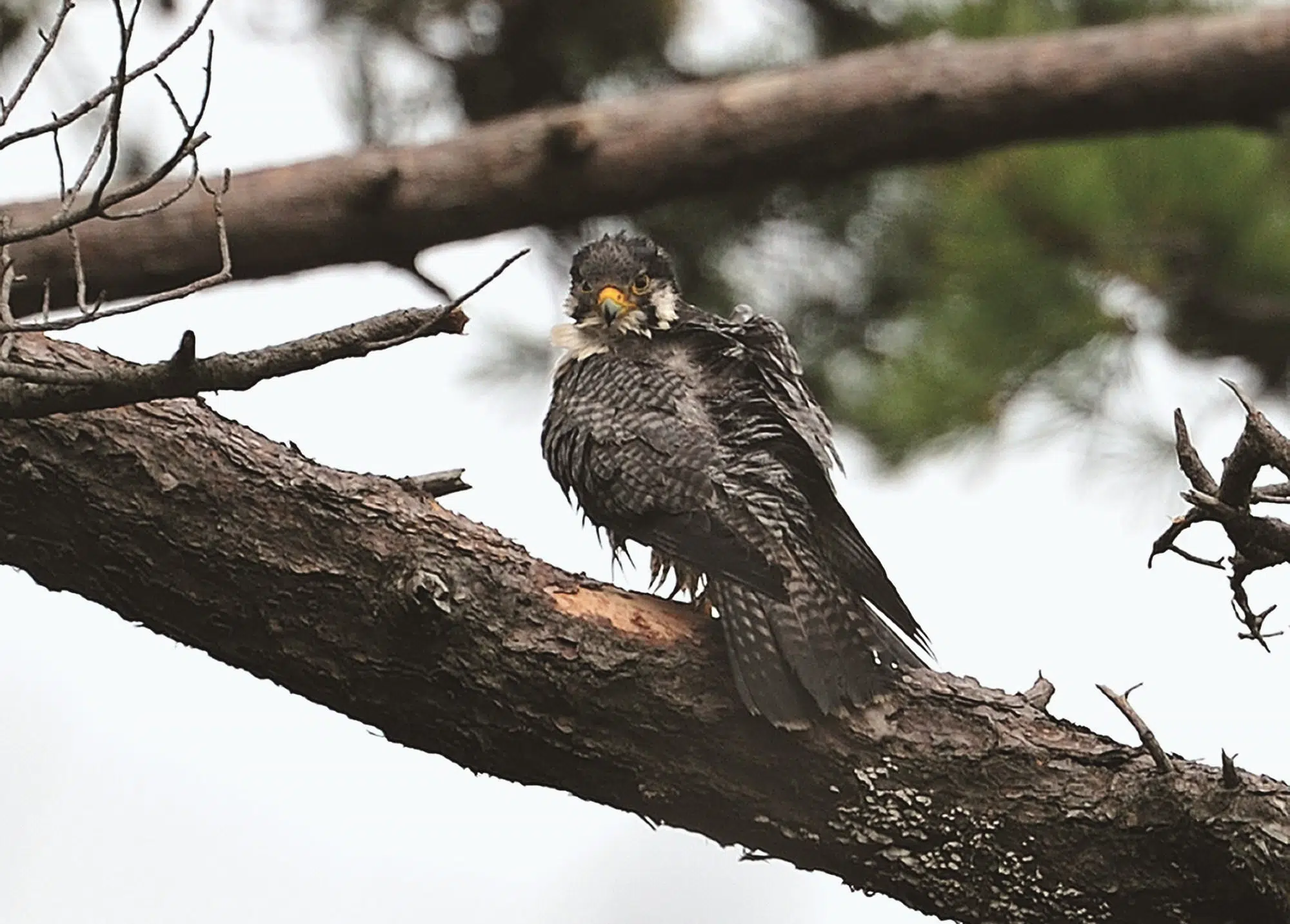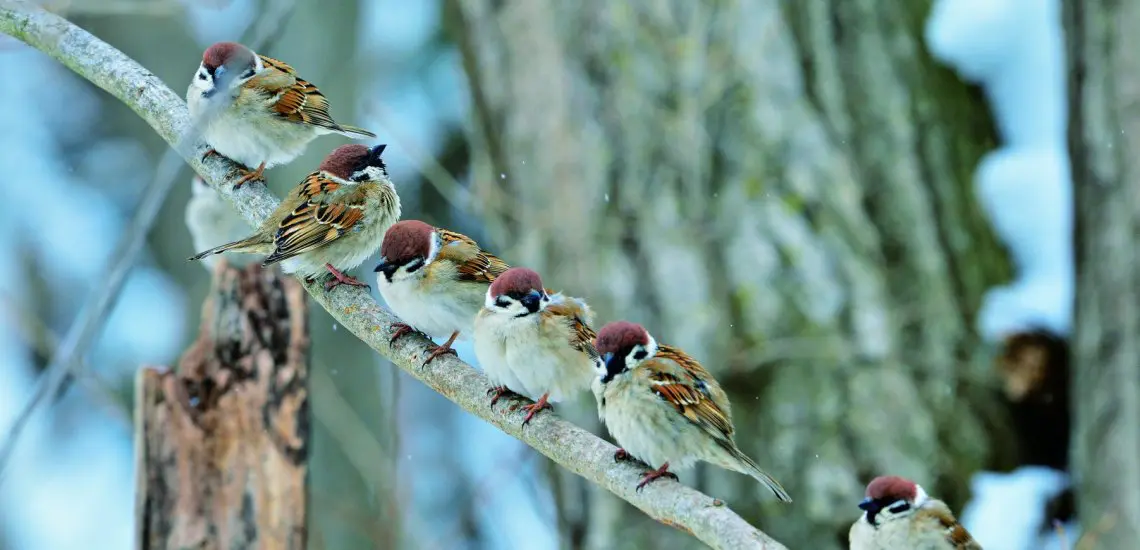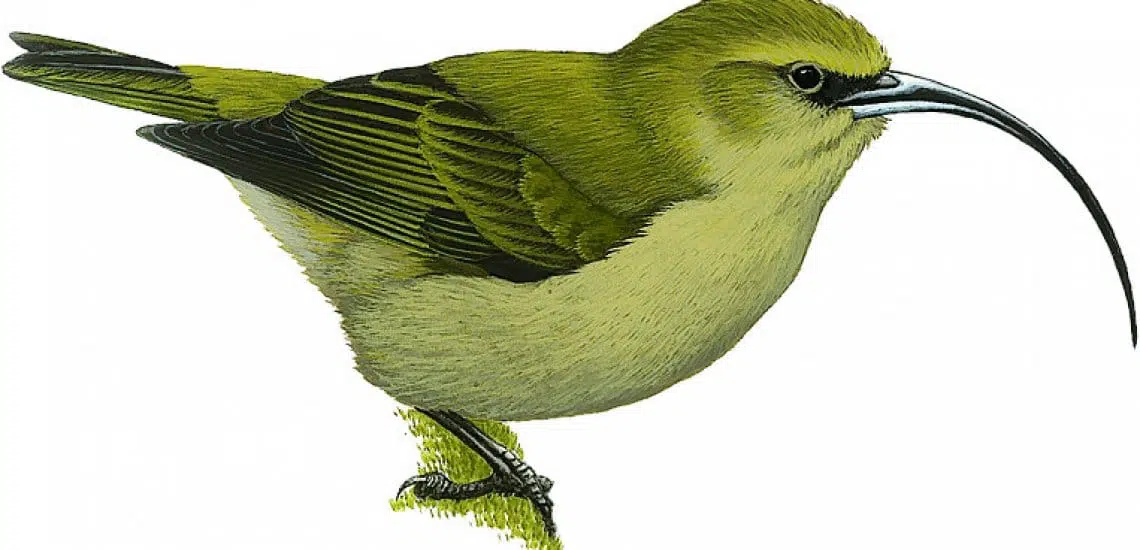The Black Kite: a clever hawk
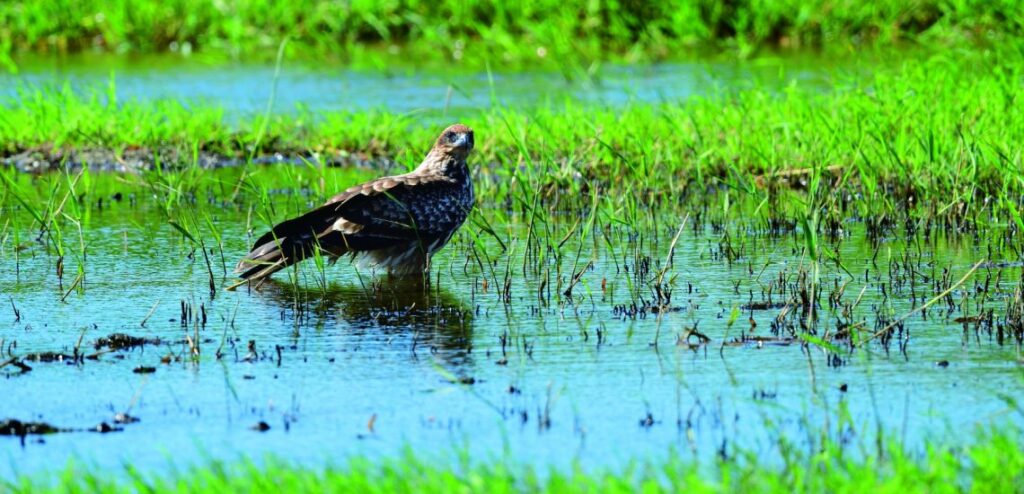
Reviled in Japanese culture and beyond for its scavenging behaviour, the Black Kite is a misunderstood raptor. Find out how its biggest flaws are actually its biggest advantages – both for its own survival, and ours.
By HIH Princess Takamado
When I was a fourth grade elementary school girl, my family and I left the United States and returned to Japan. At my new school, I learned a song entitled Tombi, or Black Kite. It was an old song made in the Taisho Era, yet its lyrics accurately described the bird’s behavior: how it circled high in the sky, calling “pin-yo-low” or “pee-hyo-lo-low” – a sight which is now common to Japanese people. This month, I would like to show you a few photos of Black Kites to help you feel a bit cooler in the summer heat, and point out my favourite aspects of its ecology.
‘Through the Lens’, Fujingaho Magazine, August, 2021
English Translation: Asia Club, a WBSJ Volunteer Group (YOKOYAMA Kazuko, KASE Tomoko, UENO Naohiro)
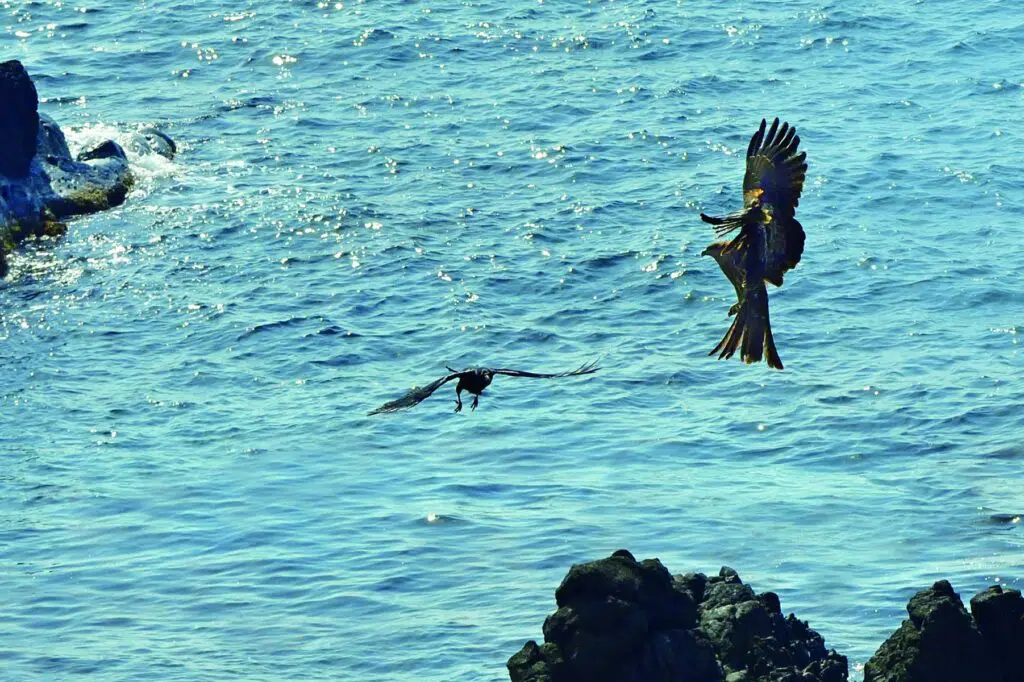
The Black Kite Milvus migrans is a bird of prey in the family Accipitridae, which includes hawks and eagles. But despite its noble features, in the eyes of the public it is often considered one of the most inferior birds in this group. I often feel so sorry for it because of Japanese sayings sucha as “a kite breeds a hawk” (meaning an exceptional child born from common parents), “even a kite looks like a hawk when seated,” or ”a kite chick never grows to be a hawk”. The biggest reason the kite is spoken ill of in this way is that it is a scavenger that feeds on not only living, but also dead animals. But in order to keep our environment clean, we need the services that the Black Kite performs. Isn’t it unfortunate for the bird to be ranked low because of its cleaning behavior?
The Golden Eagle Aquila chrysaetos, Mountain Hawk-Eagle Nisaetus nipalensis and Northern Goshawk Accipiter gentilis are considered high-class in Japan, as they were used in falconry. The Black Kite, however, was never used for this purpose because it mainly eats dead animals. Even when it hunts, it catches insects, frogs and rodents, which are very different game from those pursued in this sport.
As scavengers, Black Kites tend to form large flocks. This is another factor that makes them less well-regarded than other hawks, which appear proud and solitary. What is more, they have a habit of gliding and soaring on thermals to search for dead animals from high above in the sky, which may make their movement appear lazy to some.
However slow they may look circling, it is not that they cannot react quickly. In fact, their eyesight is just as sharp as other birds of prey. There is a Japanese saying that one might have his fried tofu snatched by a Black Kite. Along the costal areas in Kanagawa Prefecture, Black Kites often rob the contents of a lunch box, or even an ice cream in tourist’s hand. From tourists feeding them or eating outdoors, the birds must have identified these items as their “target of hunting”. They are not to be blamed, but it is understandable that such a behavior does not result in a good public image, compared with other birds of prey that feed on living animals.
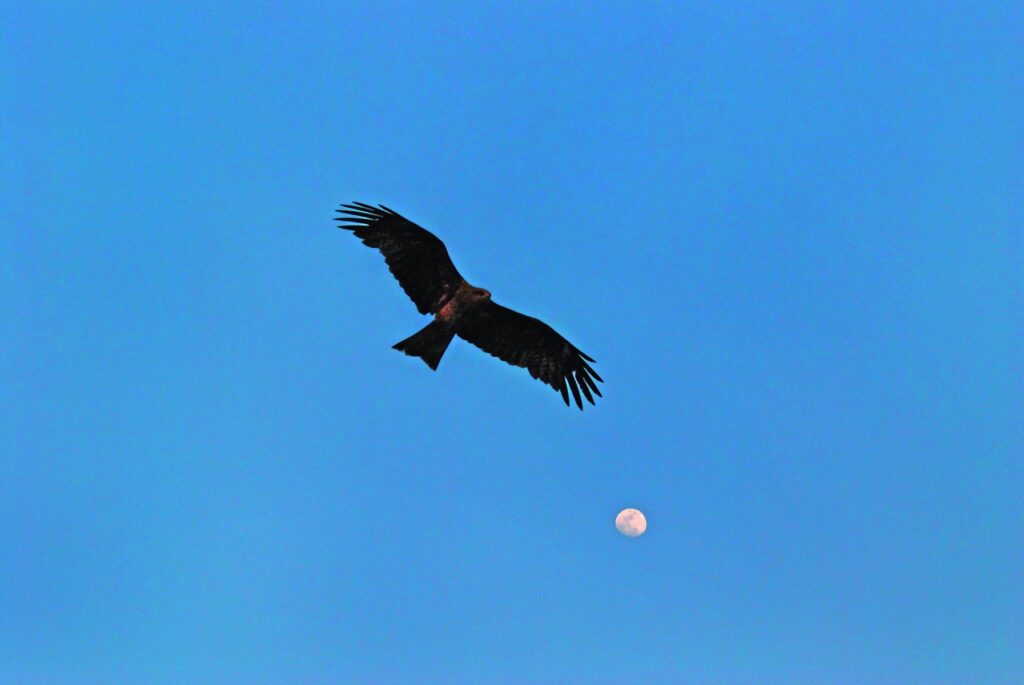
In Nihon Shoki, or the Chronicle of Japan, there is a story of a certain golden-colored Black Kite. It perched at the tip of Emperor Jinmu’s arrow, blinded the eyes of the enemies by emitting light and finally led the emperor to victory. Thus the Black Kite used to be a sacred bird, but has come to assume a negative image – probably since it became dependent on human lives. The bird is able to coexist with human beings only because it is too cautious to us to be tamed. This characteristic may give it even more of a negative image.
It is worth nothing that the Black Kite is on the increase these days, while other species in the Accipitridae family are generally decreasing. As we often say, “a wise hawk keeps its claws in reserve”. The Black Kite may be such a hawk, since it has the shrewdness, as well as learning ability, to invent an effective means to find ample food.
To look down upon the Black Kite is, so to speak, a prejudice. Persuading myself against having prejudice, I would dare to insist that the Black Kite is unmistakably a hawk – a clever one with a significant role.
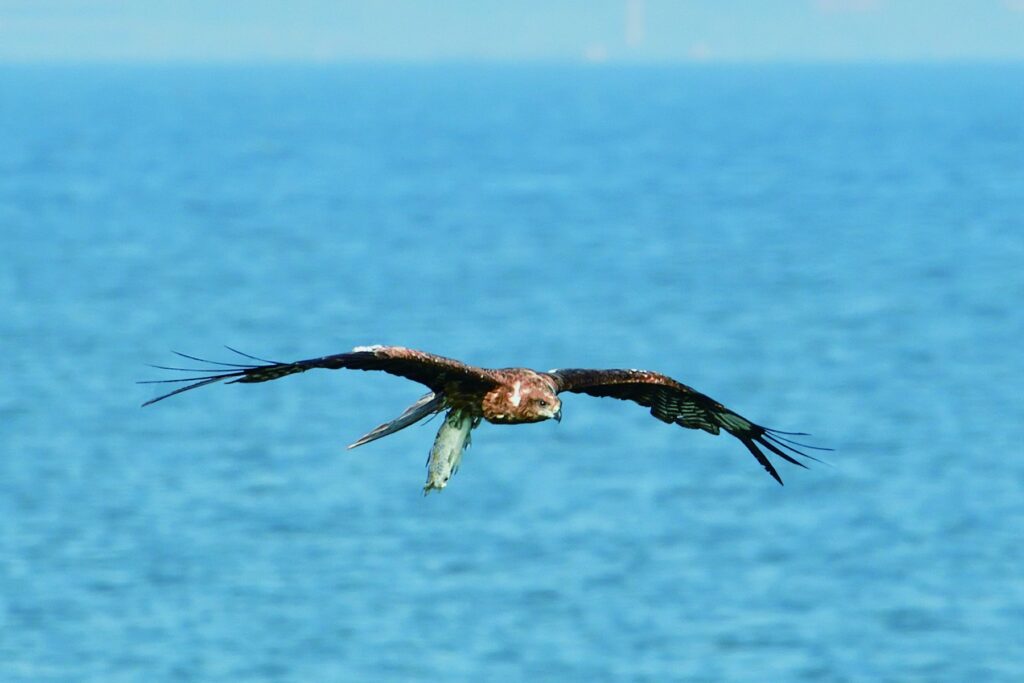
Related news
Stay up to date
Sign up to receive the latest bird conservation news. You’ll also receive updates about our projects, science and other ways to get involved including fundraising.
Thank you for your support, we are committed to protecting your personal information and privacy. For more information on how we use your data, please see our Privacy Policy. You can unsubscribe from emails at any time by using the link in the footer of any email from us.


